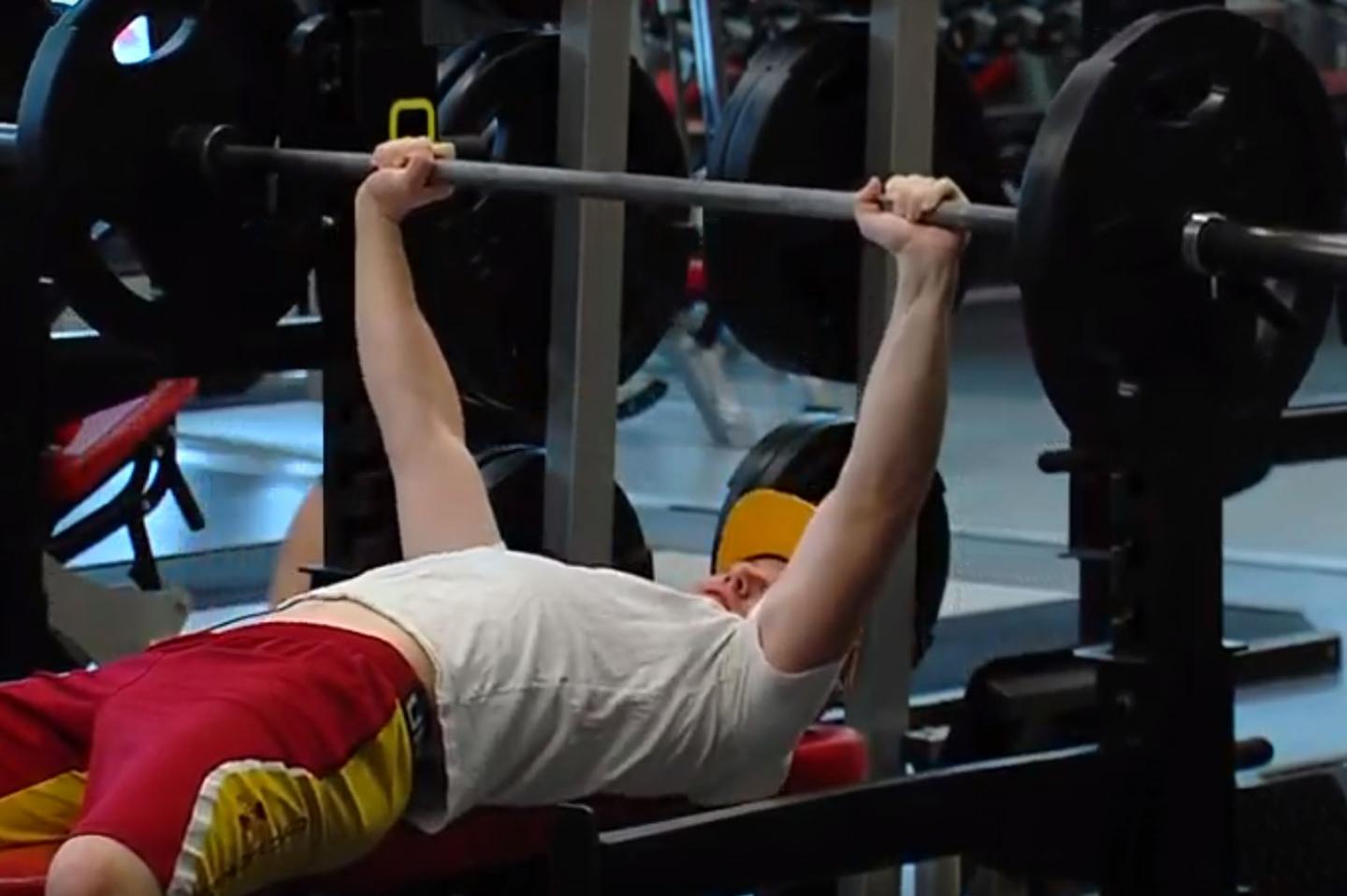
Credit: Iowa State University News Service
AMES, Iowa – Of the 30 million Americans with diabetes, 90 to 95 percent have type 2, according to the Centers for Disease Control and Prevention.
New research shows building muscle strength may be one way to lower risk for the disease. The study of more than 4,500 adults found moderate muscle mass reduced the risk for type 2 diabetes by 32 percent. The benefits were independent of cardiorespiratory fitness, and higher levels of muscle strength did not provide additional protection. The findings are published in the journal Mayo Clinic Proceedings.
DC (Duck-chul) Lee, associate professor of kinesiology at Iowa State University and corresponding author of the study, says the results are encouraging because even small amounts of resistance exercise may be helpful in preventing type 2 diabetes by improving muscle strength. However, it is difficult to recommend an optimal level as there are no standardized measurements for muscle strength, he said.
“Naturally, people will want to know how often to lift weights or how much muscle mass they need, but it’s not that simple,” Lee said. “As researchers, we have several ways to measure muscle strength, such as grip strength or bench press. More work is needed to determine the proper dose of resistance exercise, which may vary for different health outcomes and populations.”
Study participants completed chest and leg presses to measure muscle strength. Those measurements were adjusted for age, gender and body weight as potential confounders, which is an example of why researchers say it is complicated to provide general recommendations.
Building strength with resistance exercise
Lee, Yuehan Wang, lead author and former research assistant in Lee’s lab; Angelique Brellenthin, an ISU postdoctoral researcher in kinesiology; along with researchers from the University of South Carolina; Pennington Biomedical Research Center; and Ochsner Clinical School-University of Queensland School of Medicine, analyzed data from the Aerobics Center Longitudinal Study, collected at the Cooper Clinic in Dallas.
The current study is one of the first to look at the risk of type 2 diabetes and muscle strength, separate from cardiorespiratory fitness. Participants ranged in age from 20 to 100 years old. All were required to complete initial and follow-up exams. Brellenthin says moderate strength reduced the risk of type 2 diabetes regardless of lifestyle choices such as smoking and drinking, or health issues such as obesity and high blood pressure.
While several factors contribute to muscle strength, Brellenthin says resistance exercise is important. Information on resistance exercise was not available for most participants, with the exception of a small group, which showed a moderate correlation between muscle strength and frequency or days per week of resistance exercise. Other research has found resistance training improves glucose levels and reduces waist circumference – an indicator of excess fat associated with type 2 diabetes and other health issues, Brellenthin said.
“You’re not necessarily going to see the results of resistance training on your bathroom scale, but there are several health benefits,” Brellenthin said. “It may help lower your risk for type 2 diabetes even though you do not lose body weight, and we know maintaining muscle mass helps us stay functional and independent throughout life.”
Start small, keep it simple
Based on self-reports, Brellenthin says only 20 percent of Americans meet the guidelines (two days a week of muscle-strengthening activities) for resistance exercise. While data for the study are not sufficient to provide suggestions for weight training, she says some is better than none. Getting started does not require a gym membership or expensive equipment. In fact, you can start at home by doing body-weight exercises.
“We want to encourage small amounts of resistance training and it doesn’t need to be complicated,” Brellenthin said. “You can get a good resistance workout with squats, planks or lunges. Then, as you build strength, you can consider adding free weights or weight machines.”
###
Media Contact
DC Lee
[email protected]
Related Journal Article
http://dx.




